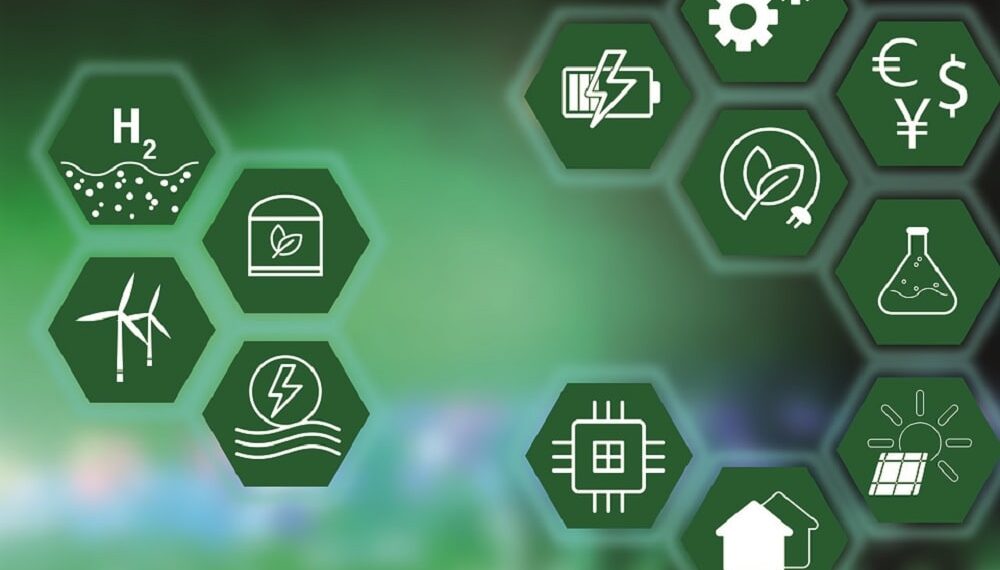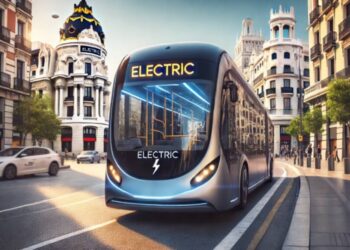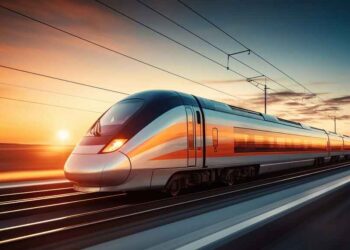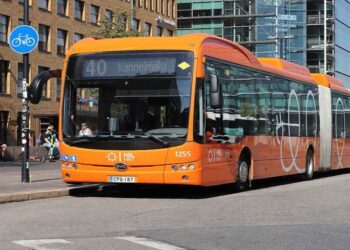Germany and Denmark on Friday agreed to cooperate on advancing the roll-out of green hydrogen transmission infrastructure between western Denmark and northern Germany from 2028, the German Economy Ministry said.
They signed a joint declaration of intent “to reconfirm and reinforce… bilateral cooperation on green hydrogen”.
The countries would “cooperate on advancing the roll-out of transmission infrastructure for green hydrogen between western Denmark and northern Germany from 2028, enabling a large-scale transmission interconnector for green hydrogen”.
Even though the countries remained vague on the pipeline’s planned capacity, Habeck made it clear he expected the pipeline to provide significant volumes for German industry.
Habeck recommended looking into how much hydrogen buyers needed as he considered it to be a lot, adding: “From my part, I can say the bigger the better. The bigger the capacity, the better it is.”
Late on Thursday, after a meeting with Danish industry representatives, Habeck also hinted at new ideas for a common EU electricity market based on offshore wind power.
“Bringing in new common projects in the North Sea is something I want to do, and then maybe create a common European electricity market on the offshore side,” he said.
Both countries have made it a priority to assist potential hydrogen infrastructure operators to design and implement their projects.
The hydrogen pipeline is one of several German-Danish energy projects that have gathered pace since Russia’s invasion of Ukraine last year pushed European energy markets into turmoil.
Last August, the countries reached an agreement to connect the Danish energy island Bornholm, with an installed capacity of 3 GW of offshore wind power, to the German mainland via an interconnector.


































